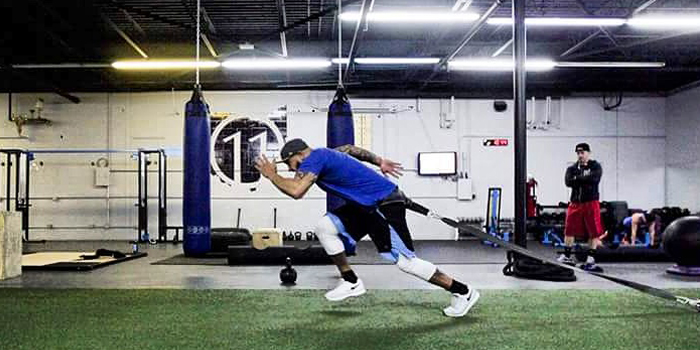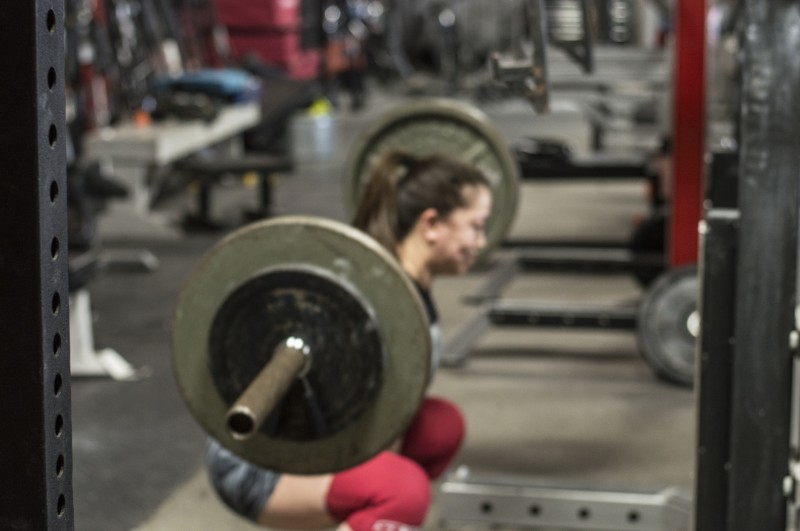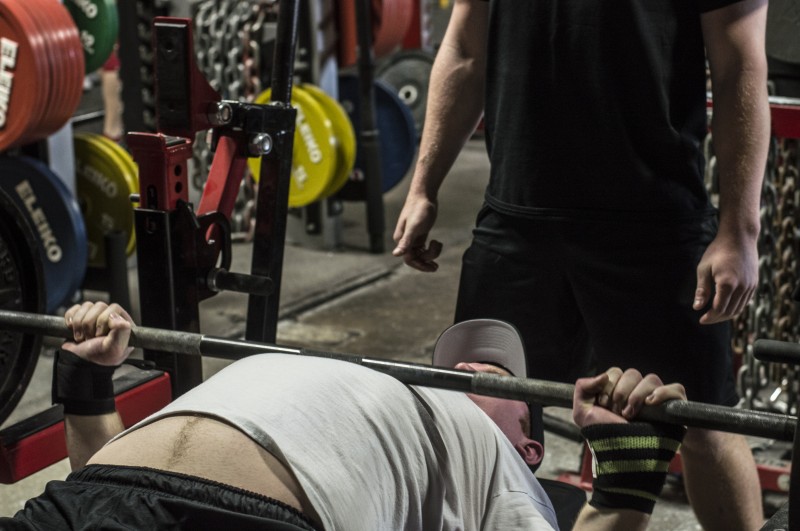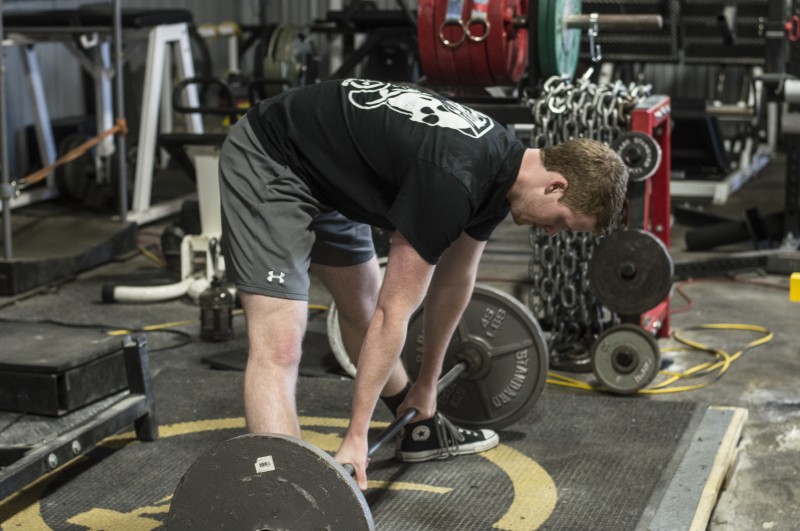
There have been articles written and podcasts discussing what to do when you first get a head job as a collegiate strength and conditioning coach. Often, these jobs get filled late in the summer, not leaving much time to plan and get organized for your first year. This has happened to me two times in the last four years. This article will discuss what my staff and I have done during our first summer to help us organize and plan training for the second school year. After the schedule, everything else was a tab in an excel sheet. There were more tabs that we made up, but these are the big ones that we have actually used and have helped immensely in programming.
Planning
Last year we planned from phase to phase, two to five weeks at a time. This year we will plan to program for the entire first semester so that instead of writing each phase from scratch, we should only have to go back and make adjustments.
RELATED: The Responsibilities of a Strength Coach: How Much is Too Much?
Scheduling
We may not have a set schedule for the weight room until a week before school starts. The schedule, or how many athletes you will have in your room at one time, is just as important as knowing your space and equipment. There are going to be differences in what you can do with 12 athletes or 24 athletes. Until we get the schedule set, we can program with an idea, but we may not be positive about what we can do until a week or two before school starts. This is why doing everything I talk about below, which will help you program faster, is so important. We will know the schedule and will need to have programs set within two weeks.
Exercise Bank
We did this based on movement patterns for major exercises and muscles for single-joint exercises. If you haven’t read Joe Kenn’s “The Coaches Strength Training Playbook” read immediately.
Speed Agility Bank
- Speed Drills
- Sprint Start Positions
- Agility Progressions
- Deceleration Progressions – Linear
- Triangles
- Squares
- T-Drill
- W-Drill
- Chase Drills
- Tag Drills
With these we just wanted a bank that we can keep adding to. Our basic progression for everything utilizes a closed chain format gradually progressing to open chain movement based on audible, visual and opponents cues.
Mobility Bank
- T-Spine/Shoulder/Pec
- Hinge
- Single Leg
- Squat
- Ankle
Another bank we can add to that we will use as part of our warm-up, during recovery sessions and within training sessions, as we see fit.
Strength Progressions
Intensity Techniques
When we need to add some variety and time under tension, we can use these techniques, which we will also continue to add to. Some examples are clusters, the 350 method, drop sets, iso holds, and timed sets.
Periodization Schemes
How do we want our primary and assistance exercises to progress? Should there be different variations for freshmen and seniors in how we progress?
We use this to give us options when we are programming for a 2-5 week phase. Not everything has to progress at the same rate. Having some percentage cycles for our primary exercises and some rep range progressions for assistance exercises makes it easier to program.
Scheme Templates
These have been the most beneficial to have when sitting down to actually program out the semester. The best way to explain this is through an example. We have two, three, and four day per week programs. Let’s say we have a three-day per week program and we want to do full body all three days with no specific emphasis. We would write out movements for each exercise slot in that day. This would obviously look different for a four-day upper/lower split, or a two-day per week program. We utilize tri-sets and quad-sets to keep our athletes moving and get a lot of work in during our time with them.
A1. Primary Lower
A2. Upper Pre Hab
A3. Lower Pre Hab/Mobility
B1. Vertical Pull
B2. Accessory Horizontal Push
B3. Hinge
C1. Single Leg Knee Dominant
C2. Accessory Horizontal Pull
C3. Hamstring/Glute
This is an example of one day. Having the template, even though not set in stone, helps us get done what we need to get done and cuts down our options at every exercise, making it easier and quicker to write programs. We’ve worked this out to take into consideration weight room flow. Our vertical pull is a chin up and we know we can’t do those with barbell bench press or squat. So with this three day per week program, we would have our heavier day on Wednesday when we squat and bench press (or whatever primary lower and upper we choose, but likely in the racks) and would not do chin ups.
Warm-Up Template
Our warmup follows a progression or simply variations for the following areas:
- Wake up – Jumping Jacks, Skips, etc.
- Hinge Pattern
- Squat Pattern
- T-Spine Mobility
- Single Leg or Spiderman
- Reactive Jumps
This takes about six minutes. For certain teams we will throw in some activation here, like some bodyweight scap or glute work, but we will always hit pre-hab type movements within the weight room work.
Core, Jumps, Throws, Speed/Agility
This directly follows our warm-up. We wanted to add more of a solidified progression for these within every session. After hearing Coach Simon from Oregon State talk with Coach Watts about their explosive work rotations at the beginning of their training, we discussed as a staff how we could do something similar. We came up with a rotation of throws, jumps and core training and wrote out 12 weeks of progressions. We didn’t feel we were getting a lot out of our complex and contrast training last year, so we decided to separate the jumping to the beginning. This still gives us the ability to get to complex and contrast training but at least we will begin with some forms of max effort explosive work for the first few weeks and at the beginning of every session.
LISTEN: An Inside Look at a D1 Strength and Conditioning Program
My assistant and I did all of this within a couple weeks. We had a lot of it in our heads throughout all of last year, but we didn’t have the time to get it out of our heads and have conversations about it. Now that the preparation to plan had been done, it has made our actual planning for year two much easier. Hopefully this shows when we get our student-athletes back. Whether it does or doesn’t, we will continue to look for ways to improve our planning and programming in the semesters and years to come. Any feedback or conversation on what anybody else is doing to help organize thoughts/plans/methods, please don’t hesitate to contact or comment. If anybody wants our workbook as a template, just let me know.
Header image via Brian Saunders at 11athletics
Bobby Fisk is in his second year at NJIT as the Head Strength and Conditioning Coach. He can be reached by email at fisk@njit.edu.













Much more important then theory that people have about what we do.